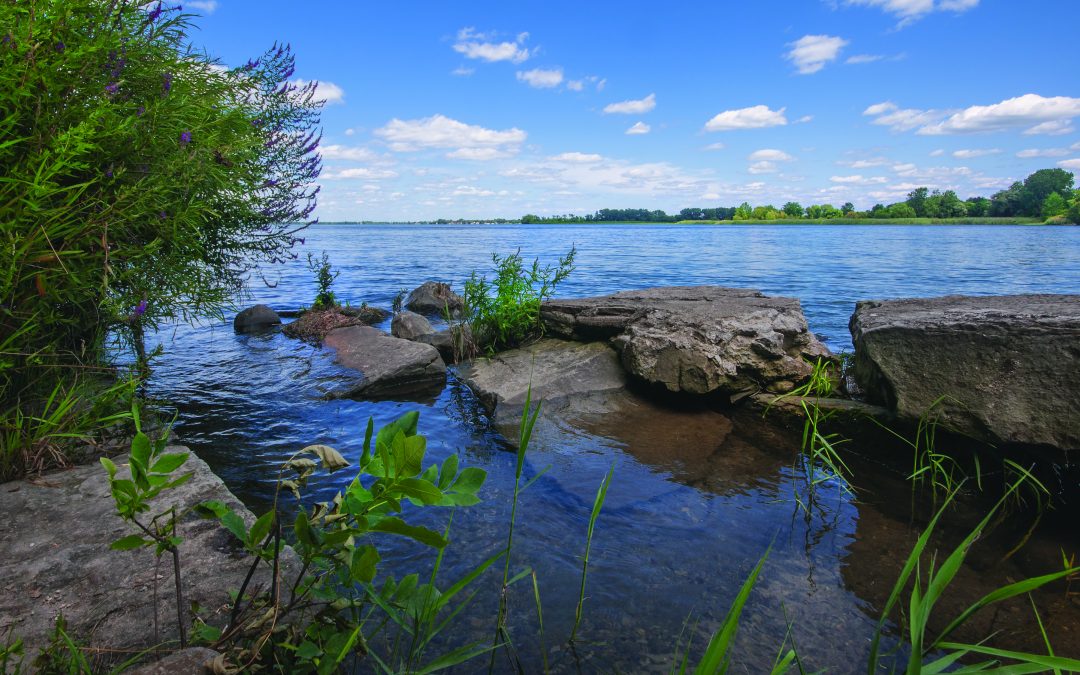Michigan’s Great Lakes water resources — over 11,000 inland lakes and about 40 percent of the largest freshwater system on earth — are irreplaceable. The benefits these resources offer to communities through business, recreation, and natural beauty are valuable to everyone for a variety of reasons.
This value has historically been difficult to quantify and document, though many who live and work in this state intuitively know it to be significant. The power of the relationship a community has with its water resources can be transformative if it is more fully understood.
With considerable effort, the Huron River Watershed Council has worked to do just that. Over the course of a year, the organization collected and analyzed on-the-ground data to more thoroughly understand the value of the Huron River to its local communities in an economic impact report.
The findings of the report conservatively estimates that the Huron River Water Trail draws at least 2.6 million annual visitors, many who are repeat visitors, resulting in a collective annual economic impact of $53.5 million per year. These visitors, who return to the river 21 times per year on average, create a sustainable source of revenue for many local businesses and support a thriving tourism sector. With an aging population and an increasingly service-based economy, a community’s capacity to attract recreators — and, more than that, to ensure they return year after year — is one of its greatest assets.

